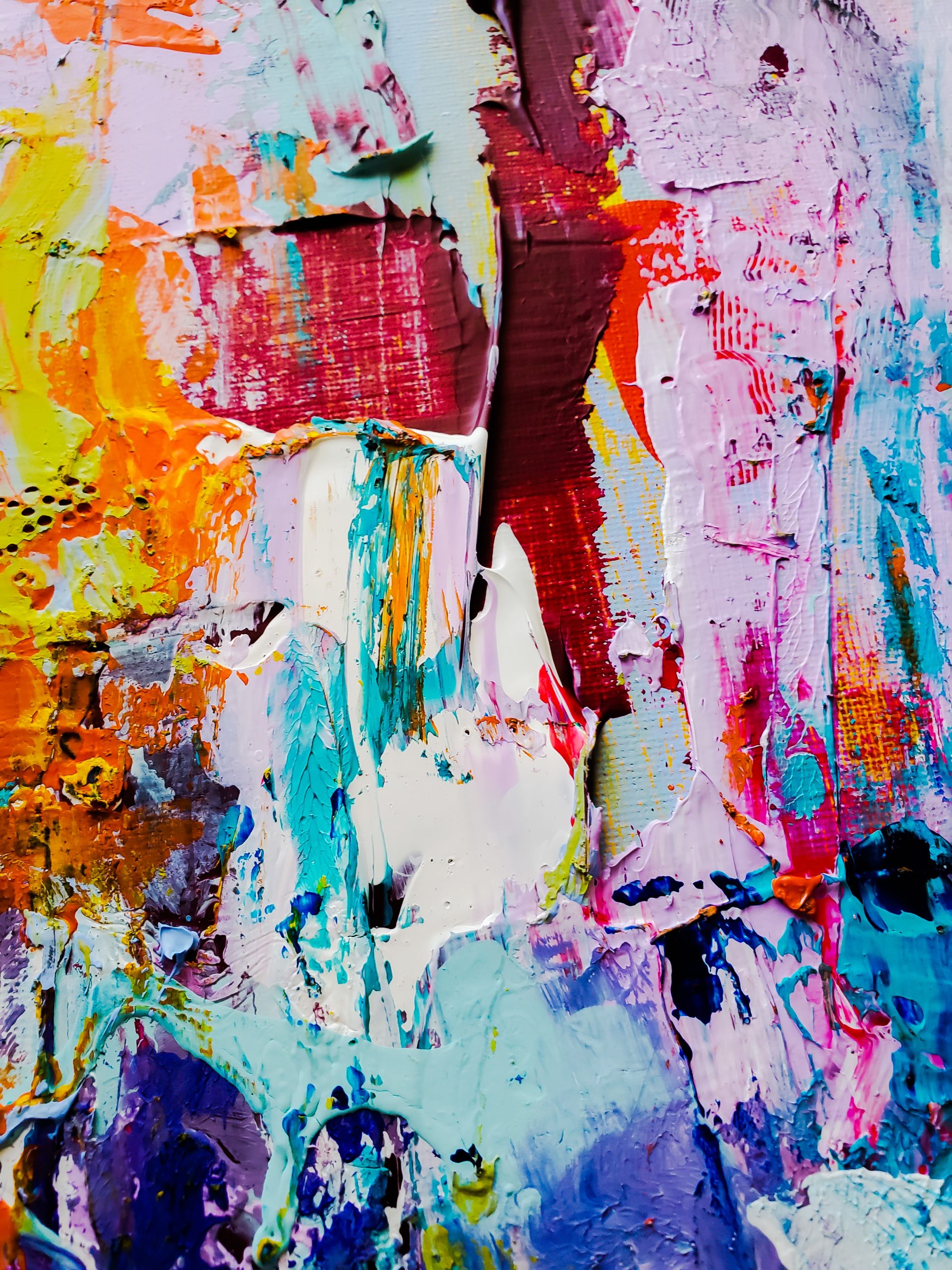Art has always been a reflection of the human experience, and as society evolves, so does the way we create and appreciate art. In recent years, technological advancements have opened up new possibilities for artistic expression, blurring the lines between traditional mediums and digital innovation. From canvas to screen, today’s artistic innovations are revolutionizing the world of art. In this article, we will delve into the latest trends and breakthroughs in art, uncovering how artists are harnessing technology to push the boundaries of creativity and redefine the art landscape.
Breaking News: Digital Art Takes Center Stage in the Art World
The art world is witnessing a seismic shift as digital art gains prominence and recognition. Non-fungible tokens (NFTs) have become a hot topic, allowing artists to sell and trade digital artwork with unique ownership and value. High-profile auctions and sales of digital art pieces have captured headlines, sparking discussions on the authenticity and value of digital artwork. Artists are leveraging blockchain technology to establish provenance and ownership, challenging traditional notions of art collection and curation.
Feature Story: The Rise of NFTs and the Digital Art Revolution
NFTs have brought about a digital art revolution, disrupting the traditional art market and democratizing access to art. Artists are creating digital art pieces that exist solely in the digital realm, defying the physical limitations of traditional art mediums. NFTs are providing artists with a new way to monetize their work, allowing them to retain control over their creations and generate income through digital sales. However, the rapid rise of NFTs has also raised concerns about environmental sustainability, as the energy consumption of blockchain technology comes under scrutiny.
Opinion Piece: Debating the Authenticity of Digital Art – Is It Real Art?
The rise of digital art has sparked debates among art critics, collectors, and enthusiasts about the authenticity of digital creations. Can a digital artwork be considered as real art? Does it hold the same value as traditional art forms? Opinions are divided, with some arguing that the essence of art lies in the creativity and expression of the artist, regardless of the medium, while others believe that the physicality and rarity of traditional art forms make them more valuable. As the art world grapples with these questions, artists continue to push the boundaries of artistic expression using digital tools and technologies.
Research Techniques: Uncovering the World of Digital Art Platforms and Communities
It is crucial to verify information and uncover sources when reporting on digital art innovations. Research techniques play a vital role in ensuring accurate and reliable reporting. Exploring the world of digital art platforms, communities, and online galleries can provide valuable insights into the latest trends and innovations. Connecting with artists, collectors, and industry experts can shed light on the challenges and opportunities of creating and promoting digital art. Fact-checking and verifying sources are essential in a rapidly evolving landscape where misinformation and misrepresentation can abound.
Journalistic Ethics: Navigating the Ethics of Digital Art Ownership and Attribution.
Ethical considerations come into play when reporting on digital art, particularly in the realm of ownership and attribution. With the rise of NFTs and the digital art market, questions of ownership, provenance, and attribution can be complex and contentious. Ensuring that information is accurate, reliable, and properly attributed is paramount to maintain journalistic integrity. Verifying the authenticity of digital artworks and obtaining permission from artists and creators before using their work in articles is crucial to adhere to journalistic ethics.
Artistic Expression Unleashed: How Technology is Changing the Art Landscape.
Technology has unleashed new possibilities for artistic expression, allowing artists to push the boundaries of creativity and challenge traditional norms. Virtual reality (VR), augmented reality (AR), and artificial intelligence.




